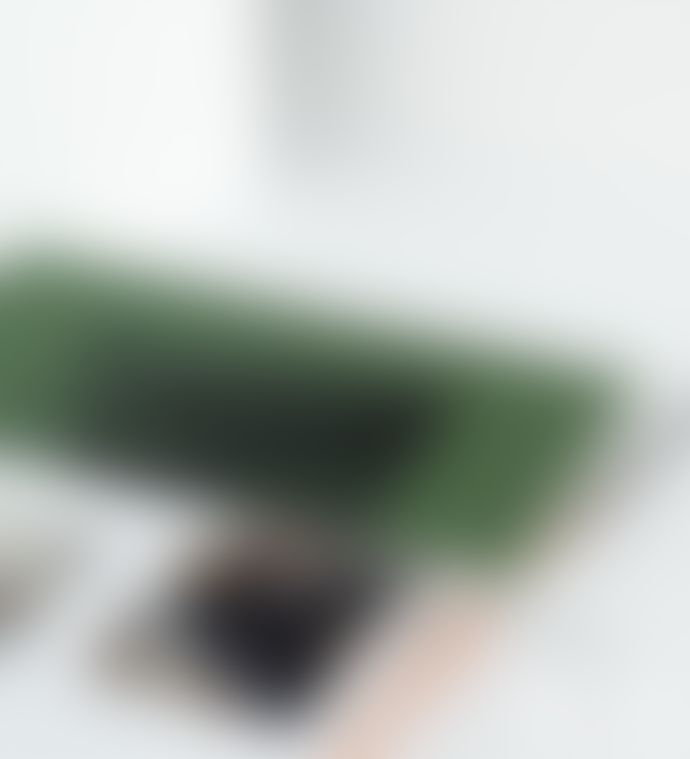Designer
Nora Kaszanyi
Role
Art Direction
Date
Jan 2016
Béla Bartók’s Mikrokosmos (German for Microcosm) Sz. 107, BB 105 consists of 153 progressive piano pieces in six volumes written between 1926 and 1939.
The individual pieces progress from very easy and simple beginner étudesto very difficult advanced technical displays, and are used in modern piano lessons and education. In total, according to Bartók, the piece «appears as a synthesis of all the musical and technical problems which were treated and in some cases only partially solved in the previous piano works.»
Volumes one and two are dedicated to his son Péter, while volumes five and six are intended as professionally performable concert pieces.[1]. Bartók also indicated that these pieces could also be played on other instruments; Huguette Dreyfus for example has recorded pieces from Books 3 through 6 on the harpsichord.»
Strukture
All of the six volumes progress in difficulty, namely:
Volumes I-II
Volumes III-IV
Volumes V-VI
Pieces 1-36 and 37-66, beginner level
67-96 and 97-121, moderate to advanced level
122-139 and 140-153, professional level

























